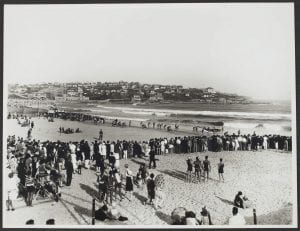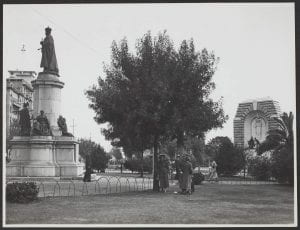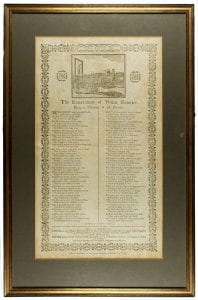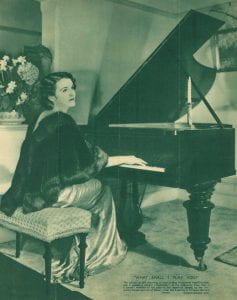‘Tourist Gaze’ and Society
Kiyomi Misaki is a PhD student in Asia Institute at the University of Melbourne, researching Japanese society and culture through fieldwork and Action Research.

The collection of the Commercial Travellers’ Association (CTA) provides various images correspondent with historical events such as the Great Depression, the World War and the period after the war. Across the whole collection, beautiful scenery and leisure activities drew my attention and as an international student, an idea came into my mind: what do these images tell about society in Australia?




